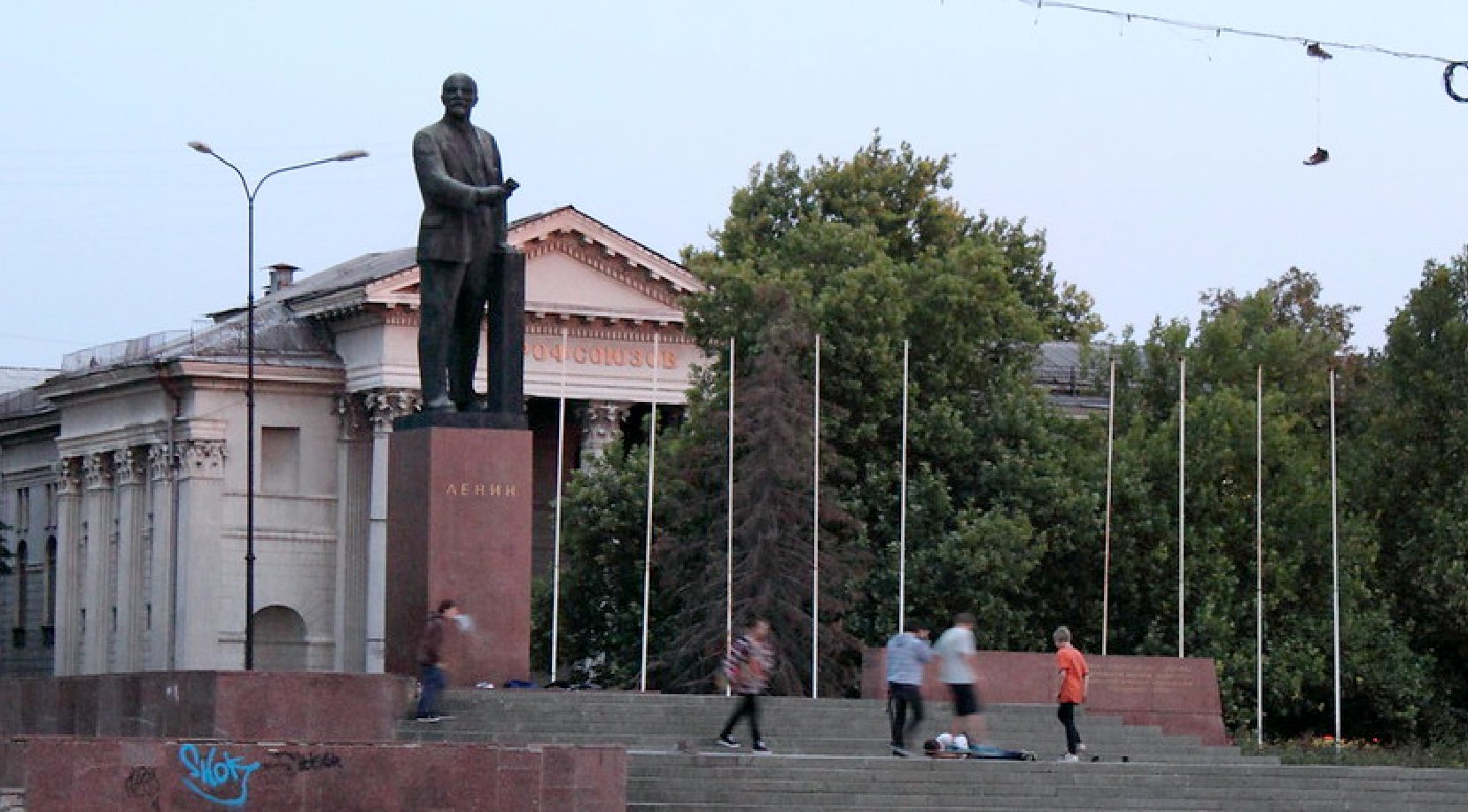Vladimir Rozanskij
(ZENIT News – Asia News / Moscow, 01.30.2024).- This year, a four-year plan to improve the demographic situation of the peninsula ends on the territory of Crimea, annexed by Russia in 2014. Most of the initiatives were entrusted to the Simferopol Ministry of Health, which presented a summary report of the results obtained so far.
The most effective actions concerned therapies against AIDS retroviruses, oncological checks for the initial and medium stages, and the death statistics from road accidents, which despite the always high number have fallen from 9 to 8% of the local population.
Minister Igor Chemodanov, however, highlighted the main success of the campaign, that against the abuse of alcoholic beverages. Already in 2019 he had triumphantly announced that «for the first time in five years the retail sale of alcohol per citizen has dropped to 2.65 litres», only to discover after further checks that the quota well exceeded 5 liters per citizen.
Even in the following years the ministry declared downward figures, but in any case journalists reported from the investigations that in 2022 it had dropped to around 3 litres, still a good result.
The sectors where no progress has been made are the increase in first aid teams, still far from the optimal figure of one per 10 thousand inhabitants; throughout Crimea there are 140 for around 2 million inhabitants. There is still a strong lack of advanced medical technologies, and the actual numbers of tuberculosis patients cannot be clarified.
The ministry’s main physiatrist, Nina Javorskaja, also reported a notable increase in childhood illnesses, over 52%, blaming «Ukrainian refugees» from other annexed regions still contested in armed clashes.
In addition to the health sector, the improvements in demography are linked to the plan to transfer inhabitants from dilapidated houses to more acceptable homes, and the specific ministry reports «6,365 m2 freed in 2023 to improve the living conditions of 468 people», certainly not a sensational result, but still «fully corresponding to the intended objectives», even if in reality many more removals had been promised.
The most important part of the entire program, however, remains that of «mass cultural events for the propaganda of family values», entrusted to the ministry of culture. In 2023, almost 700 initiatives of this type were held, and at least a thousand are expected for the current year, even if the data of these public actions have not been released, often remaining only on paper.
As well as the «prophylaxis of alcoholism, narcotic and tobacco addiction» initiatives, which are reported without any statistics or detailed description. It all boils down to the proposal to strengthen the population’s «system of moral values that help maintain a healthy standard of living».
The «ideological» part, directly inspired by the electoral campaign for the re-election of Vladimir Putin, constitutes over a third of the entire demographic plan, urging to combat domestic violence, to raise the social activity of the population, involving everyone in «socially useful”, trying to limit the number of divorces and “guarding the spiritual traditions of the family”, and making “physical exercise and rehabilitation services” more accessible. The truth, beyond the resounding statements of principle, is that the population of Crimea in 2023 decreased by 15,443 people, according to official data.



